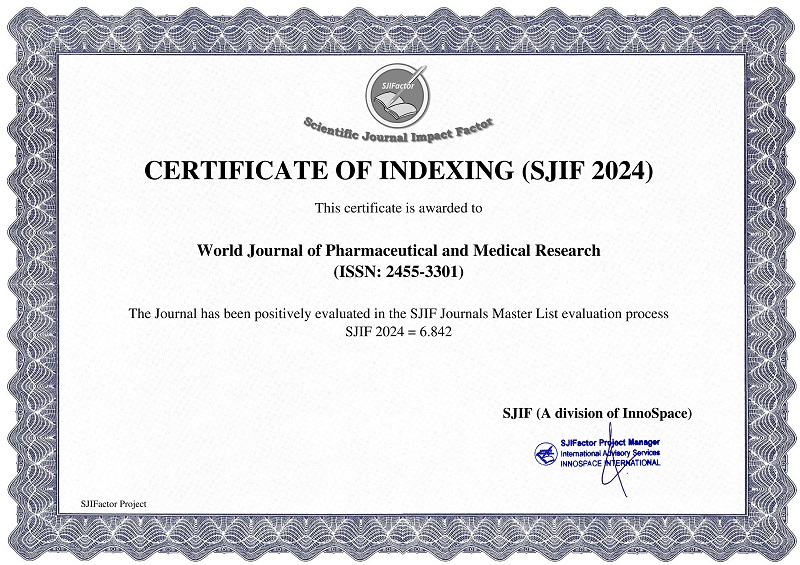PATTERN OF SKIN DISORDERS IN A DERMATOLOGY CLINIC IN SOUTHERN NIGERIA: A PRIVATE PAEDIATRIC HOSPITAL EXPERIENCE
*Boma Awoala West and Enekole Josephine Aitafo
ABSTRACT
Background: Skin diseases are a major health problem that leads to discomfort, distress and disability thereby affect the quality of lives of children as well as their families and communities. Methods: A retrospective study was carried out on all children (0-17years) attending the Dermatology clinic in a private paediatric hospital, Rivers State over 2 years. Relevant data was retrieved from the hospitals’ Health Management System and analysed. Results: Of 255 children recruited, children aged < 5years predominated 126(49.4%) with mean age of 5.21 ± 3.99 years and a Male: Female ratio of 1.2:1. Thirty-four individual skin disorders were seen of which atopic dermatitis 47(19.3%) was the commonest followed by scabies 35(14.3%), papular urticaria 29(11.9%), palmoplantar keratoderma 20(8.2%) and seborrheic dermatitis 17(7.0%). Eczema 68(28.0%) was the commonest class seen followed by parasitic infestations 35(14.4%) and hypersensitivity reactions 30(12.3%). Papulo-squamous skin disorders were significantly more in females, atopic dermatitis and palmoplantar keratoderma in males while pityriasis rosae was significantly more in females. Palmoplantar keratoderma was seen significantly more in children above 5 years whereas molluscum contagiosum and miliaria were significantly more in those less than 5 years. Conclusion: Atopic dermatitis, scabies and papular urticaria were the commonest skin disorders observed with male predominance. The importance of dermatology units even in private health facilities cannot be overemphasized for accurate and timely diagnosis which would improve the quality of lives of children and their families. Health education on exclusive breast feeding, avoidance of overcrowding, personal hygiene and environmental sanitation will also prevent skin disorders.
[Full Text Article] [Download Certificate]



